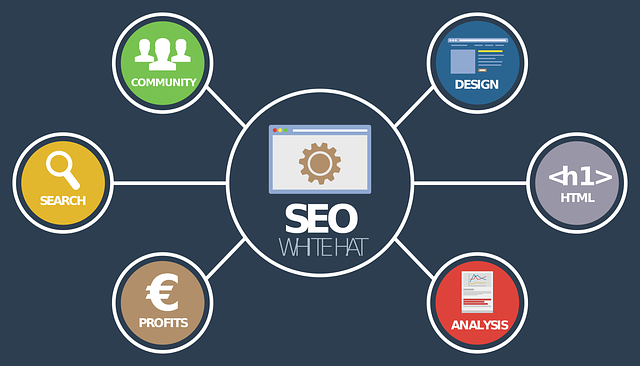AI subscription-based meal forecasting leverages deep learning algorithms to predict and optimize food ordering, offering personalized dining experiences by analyzing consumer behavior data. This technology enhances customer satisfaction, reduces waste, and improves operations for restaurants and food delivery services. Building a robust infrastructure requires gathering and preprocessing diverse datasets, efficient storage, distributed computing, and scalable resources like GPUs or TPUs. Deploying models involves fine-tuning, cross-validation, cloud infrastructure, and real-time feedback loops integrated into meal planning platforms for enhanced user experiences.
In today’s data-driven world, AI subscription-based meal forecasting is revolutionizing the food industry. This article delves into the core concept of leveraging deep learning infrastructure to optimize menu planning and reduce food waste. We explore how businesses can build robust models for accurate predictions, offering a sustainable and cost-effective solution. Additionally, we provide strategies for optimizing and deploying these models, ensuring successful AI integration and a smoother transition towards a smarter, more efficient culinary experience.
- Understanding AI Subscription-Based Meal Forecasting: The Core Concept
- Building the Deep Learning Infrastructure for Accurate Predictions
- Optimizing and Deploying the Model: Strategies for a Successful Launch
Understanding AI Subscription-Based Meal Forecasting: The Core Concept

AI subscription-based meal forecasting is a groundbreaking concept that leverages deep learning algorithms to predict and optimize food ordering patterns. This innovative approach allows businesses to offer personalized dining experiences, ensuring customers receive tailored meals based on their preferences and historical orders. By analyzing vast datasets of consumer behavior, AI models can forecast demand with impressive accuracy, helping restaurants and food delivery services streamline operations and reduce waste.
The core idea behind this technology is to create a dynamic, adaptive system that continuously learns from user interactions. Subscription-based meal forecasting goes beyond static inventory management by considering individual dietary choices, portion preferences, and even unique taste profiles. This level of customization not only enhances customer satisfaction but also fosters long-term loyalty, making it a game-changer for the food industry.
Building the Deep Learning Infrastructure for Accurate Predictions

To build a robust deep learning infrastructure capable of powering accurate predictions, especially in dynamic fields like subscription-based meal forecasting, data is the cornerstone. Ample, high-quality, and diverse datasets are required to train models effectively. This involves gathering and preprocessing information on user preferences, dietary restrictions, consumption patterns, and market trends. The infrastructure must be designed for efficient data storage, management, and retrieval, ensuring quick access during model training and real-time predictions.
Computational power is another critical component. Deep learning models, particularly those dealing with complex tasks like forecasting, demand significant processing capacity. Cloud-based solutions offering scalable resources are often the preferred choice. They allow for on-demand allocation of GPUs or TPUs, enabling faster training and inference times. Additionally, these infrastructures should support distributed computing frameworks to handle large datasets and intricate models effectively, thereby enhancing overall prediction accuracy.
Optimizing and Deploying the Model: Strategies for a Successful Launch

Optimizing and deploying deep learning models, especially for complex tasks like AI subscription-based meal forecasting, requires careful strategy to ensure a successful launch. The first step is fine-tuning the model architecture based on available data and specific prediction needs. This involves adjusting hyperparameters, experimenting with different network structures, and employing techniques like transfer learning to enhance accuracy and performance. Regular validation using cross-validation methods ensures the model generalizes well to unseen data.
Once the model achieves satisfactory performance, deploying it in a production environment requires robust infrastructure. Cloud-based solutions offer scalability and flexibility, while also providing tools for continuous monitoring and updating. Implementing real-time feedback loops allows for iterative improvements based on user interactions. Additionally, integrating AI subscription services with existing meal planning platforms can streamline user experiences, making personalized food recommendations readily accessible.
AI subscription-based meal forecasting is transforming the way we approach food distribution and personalisation. By leveraging deep learning infrastructure, businesses can accurately predict customer preferences, leading to efficient inventory management and enhanced customer satisfaction. Optimising and deploying these models requires strategic planning, including data quality assurance and continuous model refinement. With the right infrastructure in place, AI-driven meal forecasting becomes a powerful tool for innovative food service companies, ensuring they stay competitive and meet the evolving demands of their subscribers.
